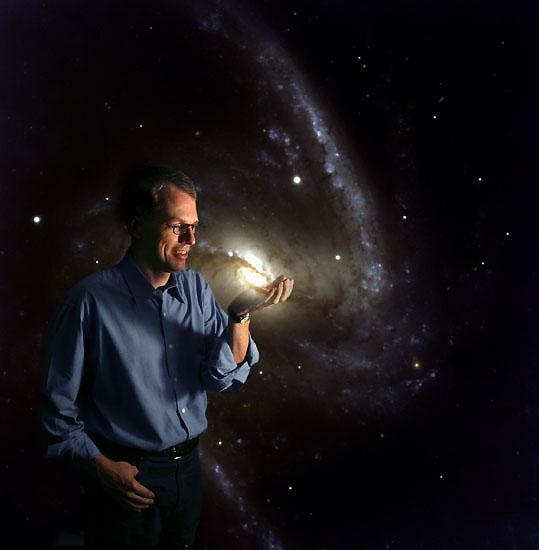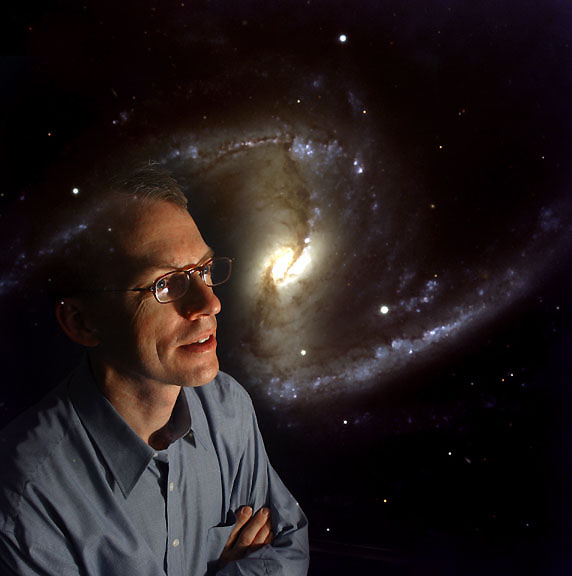Summary: A major international research effort has discovered a new type of very small galaxy, known as an "ultra-compact dwarf galaxy" (UCD).
The galaxies are so compact that astronomers previously mistook them for nearby stars in galaxy censuses based on large, ground-based pictures taken of the sky.
The finding, reported today in Nature, was made by a team of eight astrophysicists from Australia, the U.S., Germany, and the U.K.
Project team leader, UQ Senior Lecturer in Physics Dr Michael Drinkwater, said the discovery confirms a suspicion that has been troubling astronomers for over 25 years.
"There has always been the concern that galaxy surveys are biased against finding very diffuse galaxies, because they are so faint, and very compact galaxies, because they look just like stars", he said.
- Text of media release and contact details Background text
- German version and more images
- Nature paper web site
- Local copy of paper (PDF)
- University of Bonn Media Release (German)
- University of Bristol Media Release
- University of Queensland Media Release
- Lawrence Livermore National Laboratory Media Release
- UNSW Media Release


